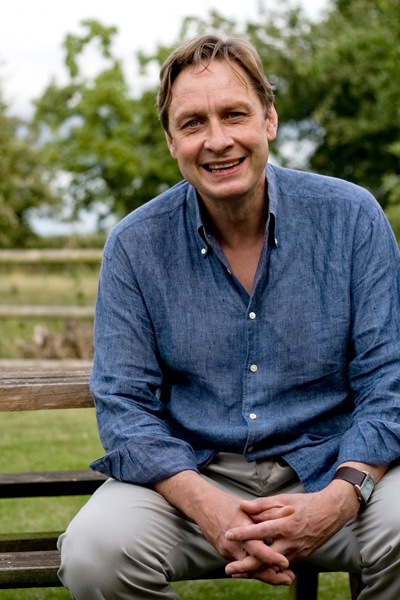Although any Christmas song might be called a 'Carol' these days, the word actually refers to an ancient English song-form that sees a refrain repeated after every stanza (or verse) and usually connected to celebrations like Christmas or Easter.
Christmas had changed immensely over the centuries. Between the sybaritic (or, depending on your point of view, penitential) excesses of the modern family Christmas and the original, probably dauntingly austere Mass for the Nativity, we have a veritable carousel of chalk and cheese.
After the communal saturnalia-like celebrations of the Middle Ages come the extreme clampdowns of post-Reformation Puritanism, under which Christmas either disappears or goes underground.
It wasn’t until the Victorians got hold of the idea that something like ‘our’ Christmas starts to emerge, and that what we tend to call Christmas carols started to be heard again – or just heard, as some of these ‘traditional’ offerings turn out to have dubious pedigrees.
The original French word ‘carole’ signifies a round-dance, and at least some medieval British carols seem to have been just that.
Immediately, Holst’s lovely arrangement of ‘Tomorrow shall be my dancing day’ comes trippingly to mind, as though in vindication – the trouble is that the first recorded appearance of the tune itself is in William Sandys’s Christmas Carols Ancient and Modern, published in 1833, in which ‘I saw three ships’, ‘The First Noel’ and ‘God rest ye merry, gentlemen’ (note the crucial comma!) also make their debuts on paper.
The words have more or less traceable lineages, but the provenance of the tunes is anyone’s guess.
And however much we may like to imagine Hardy’s musical rustics putting their souls into these notionally ancient numbers in Under the Greenwood Tree, the kind of thing they sang was probably what was then regarded as traditional: metrical psalms and robust evangelical hymns.
It was only with the publication of the Oxford Book of Carols in 1926 that what we more plausibly think of as ‘traditional’ (ie centuries old) carols began to enter the national bloodstream and the modern ‘carol service’ was born.
- Five of the best modern Christmas carols
- Five of the best ancient Christmas carols
- The 25 greatest Christmas carols of all time
So, once again, something we think of as reassuringly ancient, continuous, enduring ‘change and decay’, turns out to have been at least partly concocted in living memory.
As today’s Christmas degenerates into a midwinter tat-fest, and as 1950s sort-of-Christmas-themed pop songs edge out the trad stuff from retail outlets, I suppose one should take the long view and chant ‘che serà, serà’ until it all passes. But I can’t.
I don’t care that the Festival of Nine Lessons and Carols is under a century old. It still embodies something ‘Rudolph the Red-Nosed Reindeer’ doesn’t, and we lose it at our peril.
You can find lyrics to some of your favourite Christmas carols here
Visit our musical terms dictionary to find out about other musical definitions you may not know.
